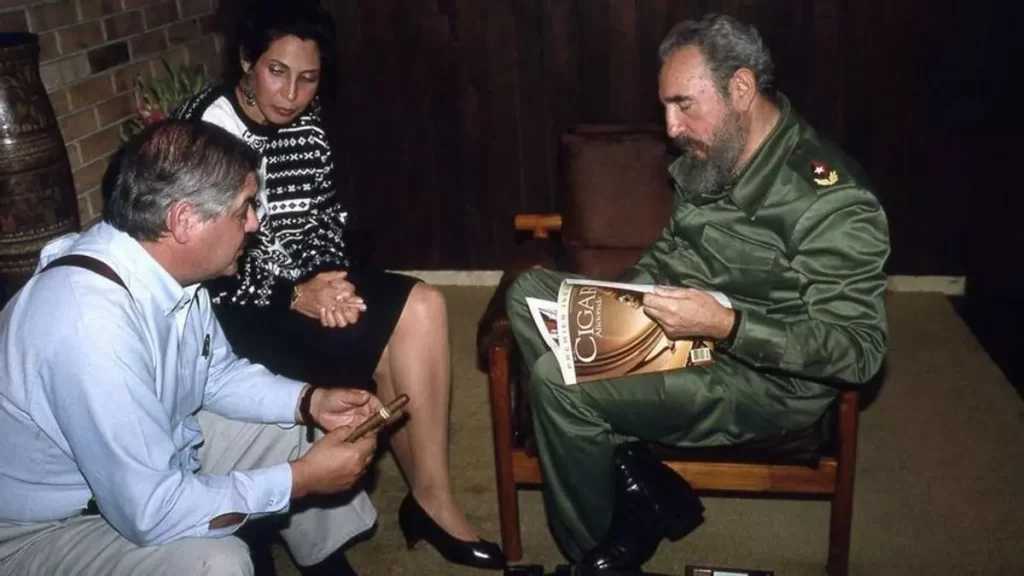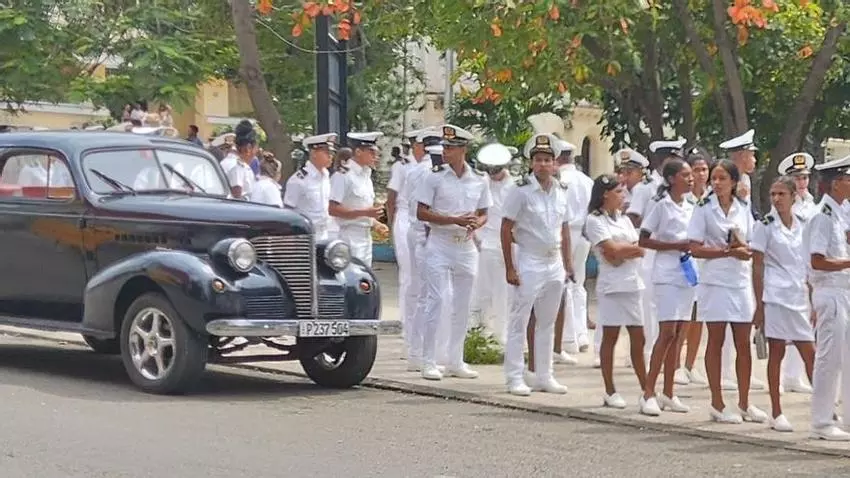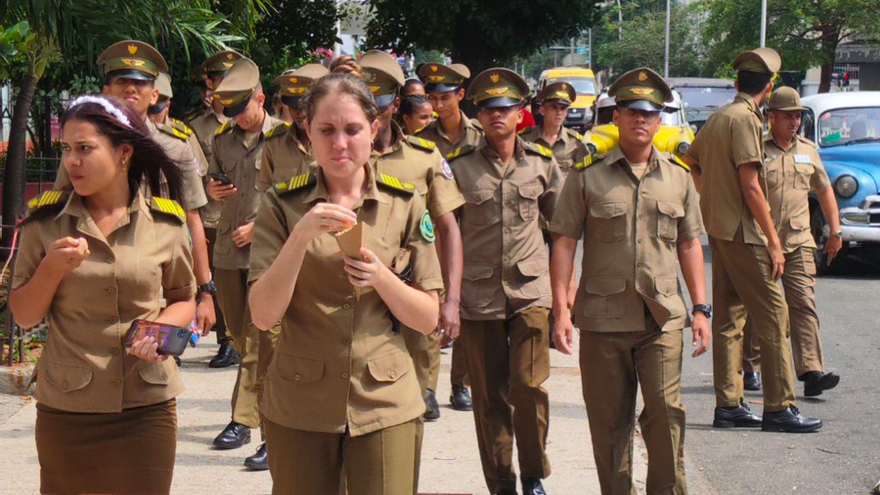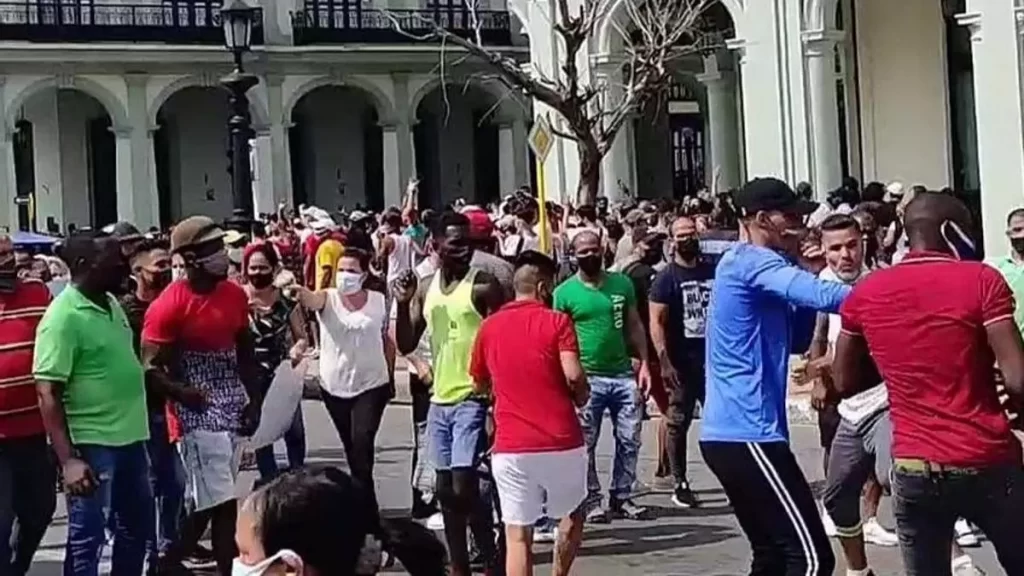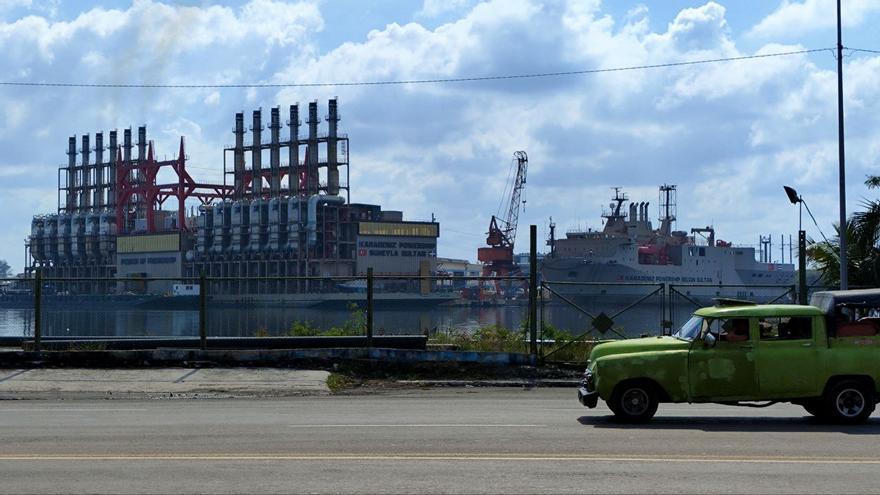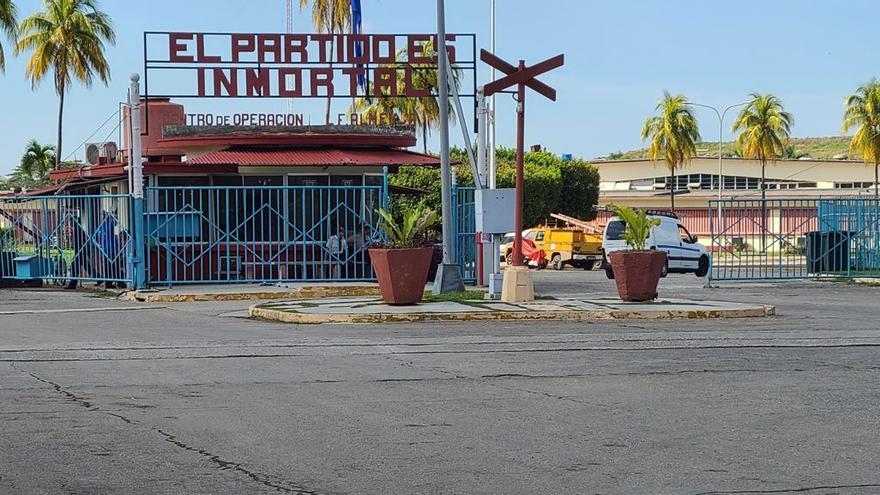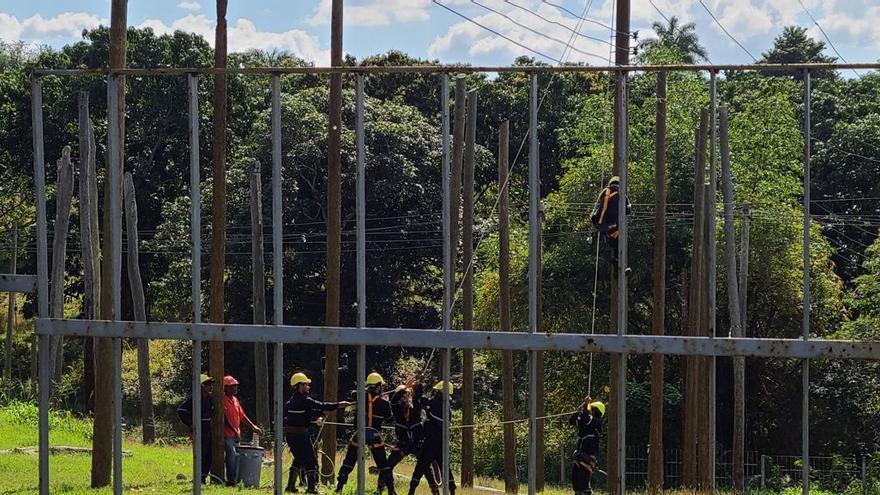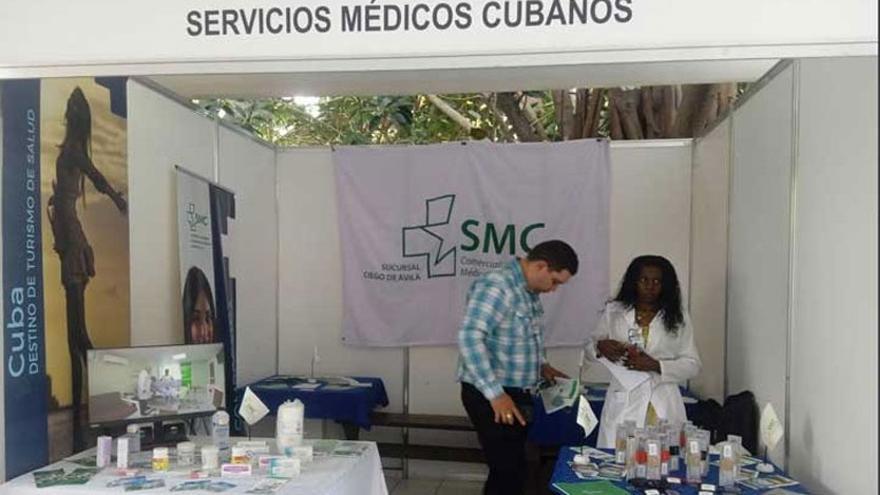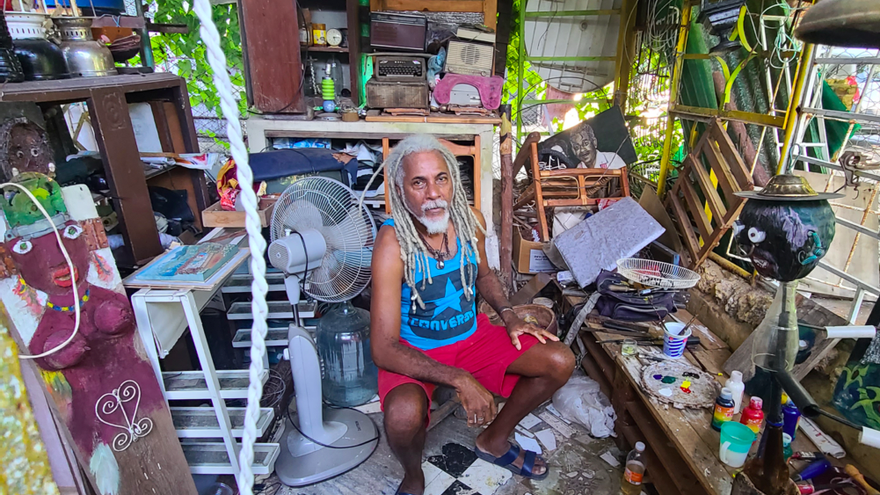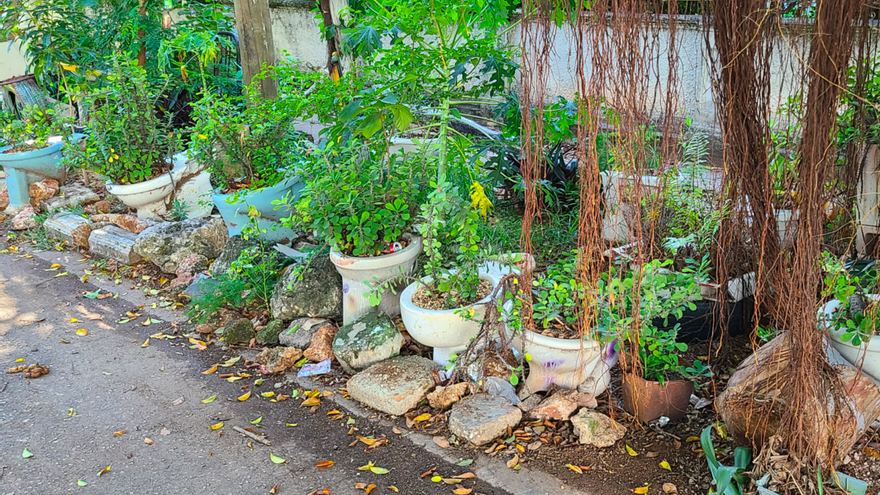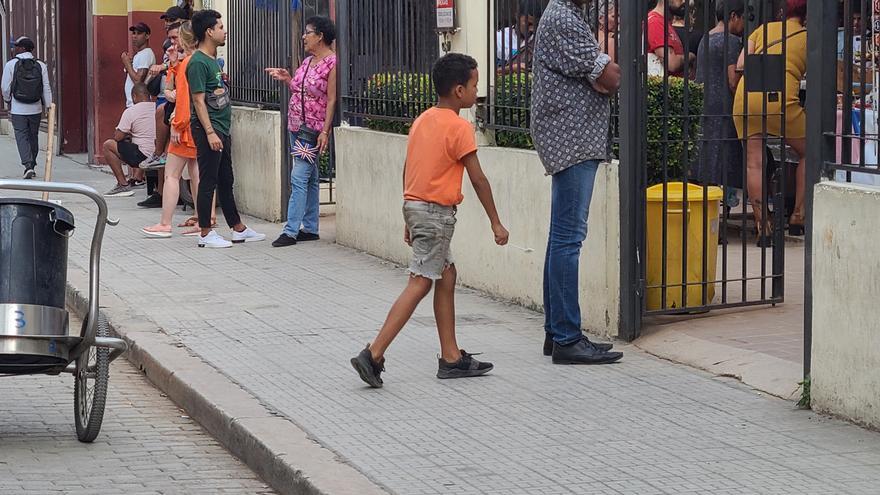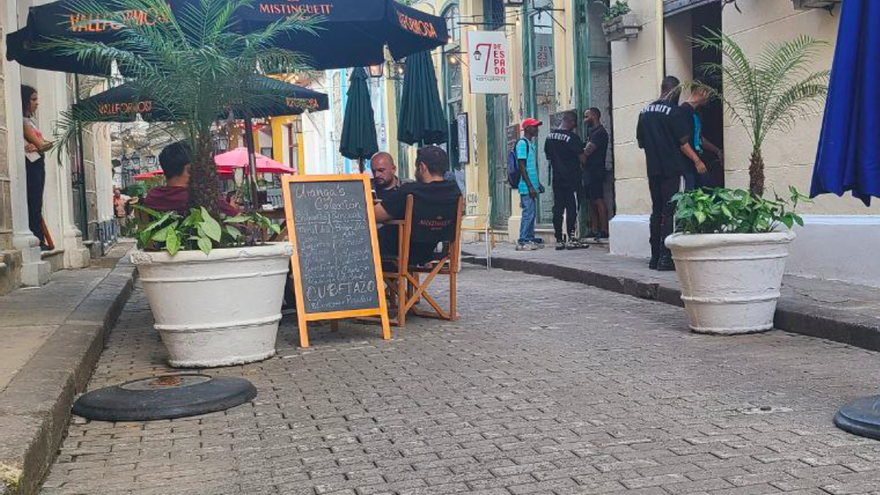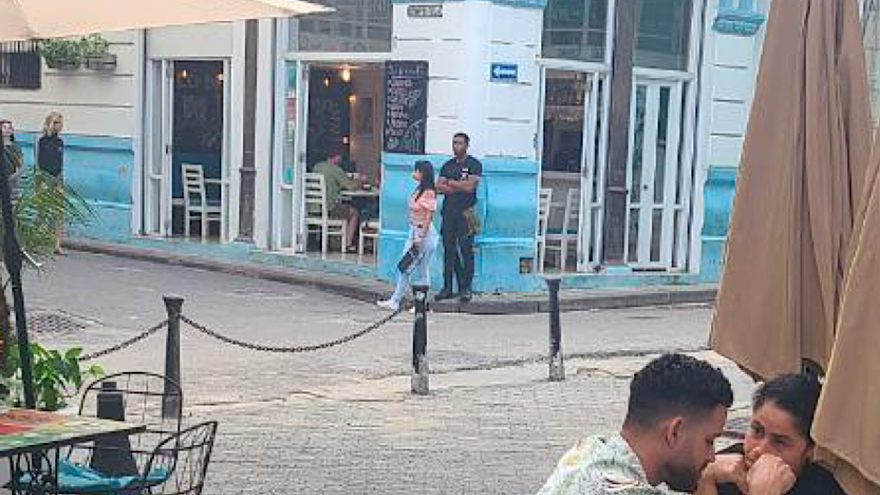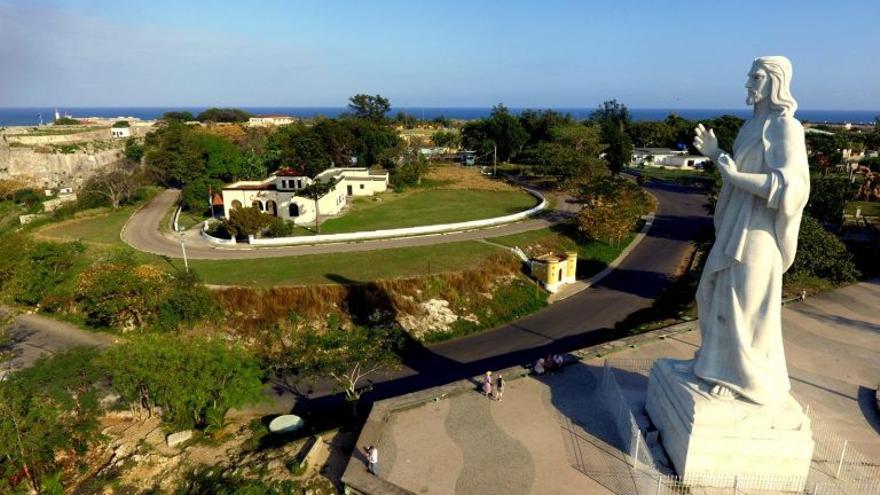
![]() 14ymedio, Juan Diego Rodríguez/Juan Izquierdo, Havana, 6 July 2024 — Sloppy Joe’s Bar, an alcoholic refuge for the likes of Ernest Hemingway and Errol Flynn, used to be one of the culinary temples of Havana but has fallen victim to state apathy. A shortage of bread and other products is impacting its quality of service and the only ones finding anything to eat there are termites, gnawing away at its famous dark wood bar.
14ymedio, Juan Diego Rodríguez/Juan Izquierdo, Havana, 6 July 2024 — Sloppy Joe’s Bar, an alcoholic refuge for the likes of Ernest Hemingway and Errol Flynn, used to be one of the culinary temples of Havana but has fallen victim to state apathy. A shortage of bread and other products is impacting its quality of service and the only ones finding anything to eat there are termites, gnawing away at its famous dark wood bar.
On Wednesday, state media finally took note of its decline. Silvia Gómez Fariñas, who writes an unlikely recipe column for Cubadebate, bemoaned the lack of bread there during a recent visit when she was hoping to impress “some Spaniards” who had accompanied her. A 14ymedio staff writer — an avid follower of Gómez Fariñas — immediately decided to pay a visit to Sloppy Joe’s, located just a stone’s throw from Old Havana’s Central Park.
Gómez Fariñas admitted that she did appreciate the politeness of the staff as well as the roast pork finger-sandwiches. “So far, so good,” she noted, but the happy feeling “did not last long.” Things started going downhill when she was unable to order anything from the “selection of ’bocaditos’ and sandwiches,” all around 500 pesos. When she asked why, she was told bluntly, “We’re out of bread!” continue reading

Reporters from this publication had better luck than Gómez Fariñas. On Wednesday morning, they were able to order items from the menu that included bread but were warned that, within a few minutes, it would be sold out. The accompanying beverage was an imported Turkish orange juice with a high proportion of artificial ingredients.
The situation at a place that Gómez Fariñas describes as “iconic” and “known the world over” is unsustainable. The government, she says, is “letting it go to pieces ” and wonders if they are doing it on purpose. Of one thing she is certain: private owners would never let this happen.
Prohibition in the U.S, which lasted from 1920 until 1933, forced many famous drinkers — most notably Ernest Hemingway — to look for a bar where they could enjoy a mojito and a Cuban cigar. The place became even more famous after the release of the 1959 British film “Our Man in Havana.” Fidel Castro appropriated Sloppy Joe’s a year later and its celebrated clientele never returned. The establishment, which was founded in 1917 by a Spanish immigrant, José “Joe”García, has a twin in a nearly perfect condition in Key West, Florida

In those days, Sloppy Joe’s offered a bun topped with minced beef that became famous in Havana and that Gómez Fariñas, understandably, misses. “Those who visited before 1959 say that it was like ’ropa vieja’ but very finely minced, a ’picadillo’ that was made with a knife,” a technique similar to the one used to make steak tartare.
The 14ymedio reporters had to settle for a “bodega” bread with tuna, at 400 pesos, which came to the table without any cutlery and had been topped which a thick layer of oil. Notable also was the repetitious selection of alcoholic beverages. The display cases, which once provided an escape from the restrictions of Prohibition, now only hold bottles of Havana Club rum.
Customers are grateful that Sloppy Joe’s has kept the air-conditioning on, though it operates only intermittently, part of the “war-time economy” measures the government has implemented. The display cases hold photos of better times and the listless waiters try to remain seated as long as they possibly can.

Under the tables, a squadron of mosquitoes goes about its business. Only moving to a table in a better lit area, or one nearer the street, mitigates the risk of contracting Oropouche or dengue fever, both of which are on the rise in Havana. Without insecticides or the means to combat the swarm, employees shrug their shoulders and make the table swap as smooth as they can.
Unfortunately, the bar’s bathrooms do sad justice to the English word “sloppy,” a synonym for untidy, careless or disheveled. There is a hole in the ceiling, a non-functioning urinal, the usual absence of paper, and toilets in poor condition.
No one – not even Gómez Fariñas – seems to care about the bar’s most serious and silent threat: termites. The grooves left behind by the insects as they devour the establishment’s wood are visible under the glass and old advertising signs for Heinz ketchup, Bauzá tobacco, various brands of liquor and products of all kinds. They evoke a past that Sloppy Joe’s, which Eusebio Real had restored in 2017, will never see again.
One customer, who stops briefly at the bar on his way out, offers his assessment: “Lots of reminders of capitalism but no actual capitalism.”
____________
COLLABORATE WITH OUR WORK: The 14ymedio team is committed to practicing serious journalism that reflects Cuba’s reality in all its depth. Thank you for joining us on this long journey. We invite you to continue supporting us by becoming a member of 14ymedio now. Together we can continue transforming journalism in Cuba.

